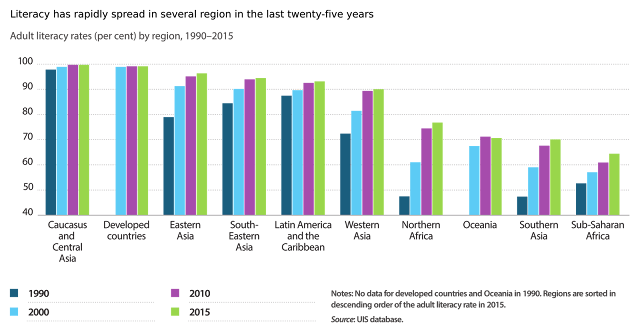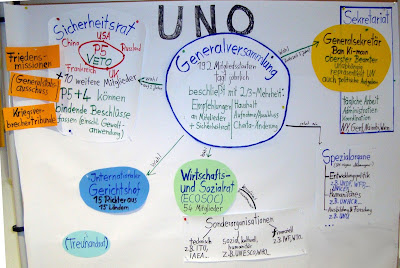The purpose of the UN
The purpose of the united nations are indicated in its preamble and are laid down in clearer article 1 of the charter. The preamble shows that the charter of the UN is born of the experiences of a devastating war and that it holds out hope of a lasting peace , based on a recognition of fundamental human rights which have been the casualties of the war, on the recognition of sovereign equality of all states and on the better economic and social conditions for the millions who have been victims of operation and exploitation.
The purpose of the UN, as laid down in article 1 of the charter are:
- To maintain international peace and security;
- To develop friendly relations among nations;
- To international cooperation in solving international problems of an economic, social, cultural or humanitarian character;
- To be centre of harmonising character the actions of nations in the attainment of these common ends.
In the purpose states in Article 1 of the charter, Article 2 prescribes certain principles which may be describes as the basic rules of international ethics in accordance with which the organisation and its members shall act.
- The organisation Is based on the principles of the sovereign equality of all its members.
- All members shall fulfil in good faith their obligations as sete forth in the charter.
- The member shall settle their disputes by peaceful means.
- All members shall assist the United nations in any action it takes in accordance with the charter.
- The organisation shall see to it that non-members also act in accordance with the charter.
- The united nations shall not intervene in matters which are essentially within the domestic jurisdiction of any state.
- All the members shall refrain in their international integrity or political independence of any state or in any other manner, in accordance with the charter.

The League Covenant and the United Nations Charter.
A Comparison
Those who have usually attempted a comparison of the UN with the League of Nations have generally been pointing out the differences between them. Furthermore, comparisons have been made of the UN Charter,not taking into account actual practice under the Covenant and the Charter. Such a basis of comparison naturally leads to an exaggerated idea of the dissimilarities between the two systems. Obviously, any useful comparison of the League and the UN must be based on the League system as it developed under the Covenant. If that is done, it becomes clear that the gap separating the League of Nations and the United Nations is not as much as it is made out to be, that many provisions of the UN system have been taken directly from the Covenant, though usually with changes of names and phraseology, that other provisions are little more than codifications of League practice as it developed under the Covenant, and that still other provisions represent the logical development of ideas which were in the process of evolution when the League was functioning actively. Of course, there are many exceptions, some of them important ones. But the point upon which attention needs to be focus for the serious scholar of international organisation is that the United Nations does not represent a break with the past,but rather the continued application of old ideas and methods with some changes deemed necessary in the light of past experience.

Let us now turn to some obvious similarities. IF one sees the organisational structures of the two organisations at a glance these are quite apparent. Thus peace and security are the two major goals of both the organisations. Both were voluntary associations and sovereign states constituted the major units of the organisations. Both organisations had an Assembly with a universal membership where members enjoyed equality of voting rights. They also instituted a Council consisting of major powers as members. A secretariat which was to be permanent and international in character and headed by a Secretary-General remained the main executive office of both the institutions.
We will now turn to some of the differences in the organisational forms of these institutions. Despite the diversity seen in them, I will prove later that the central core remains the same in both
The Covenant was a small document with only 26 articles while the UN Charter included 111 articles. Whereas the League had three principle organs, the UN has six.
With decolonisation, the United Nations membership become much larger than that of the League. Membership in all the organs of the two institution also differed. The League Council council consisted of the principal Allied and Associated powers as well as four non-permanent members selected by the Assembly from time to time.The League Council as a result had the advantage of flexibility as neither the names nor the number of the Great Powers were mentioned. However this later proved to be a disadvantage in practice. It meant that the league Council was never a stable body as powers kept joining and leaving it.
The United Nations Security Council under Article 23 prescribes 15 members. Of these, five permanent members are mentioned by name. The general Assembly can elect ten non-permanent members for a two-year term. No change in this membership ratio can be made without the revision of the Charter.


.png)







No comments:
Post a Comment